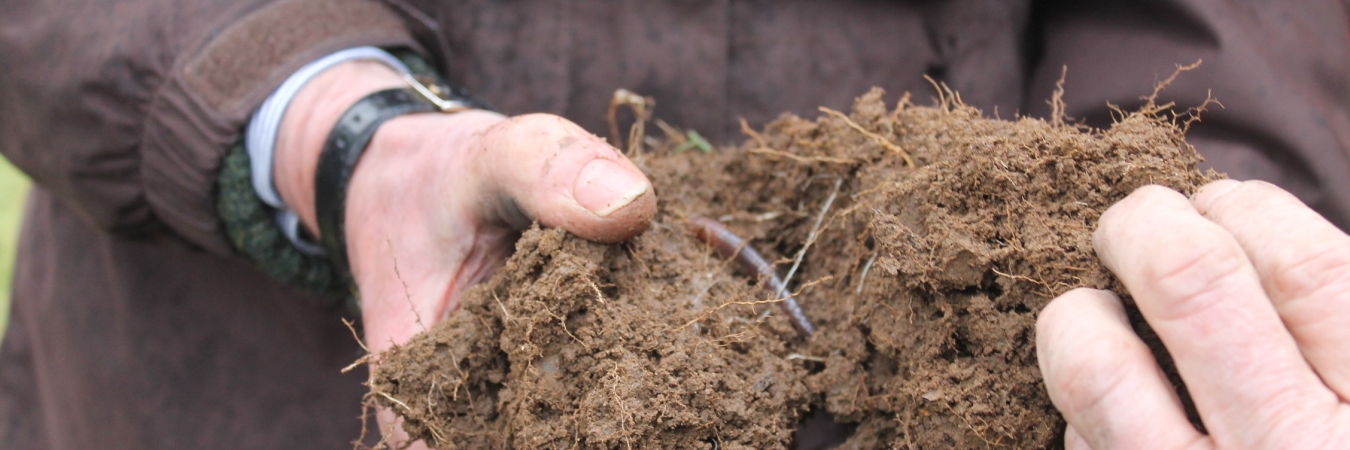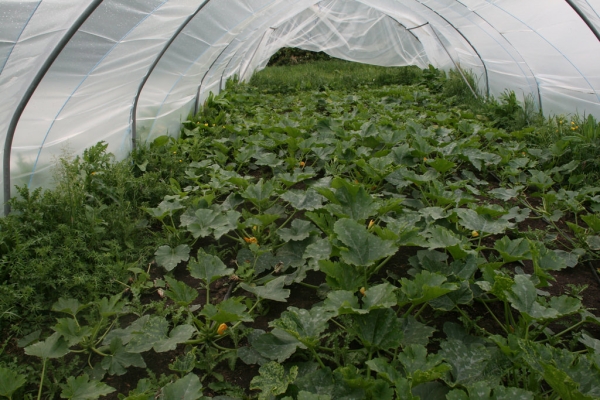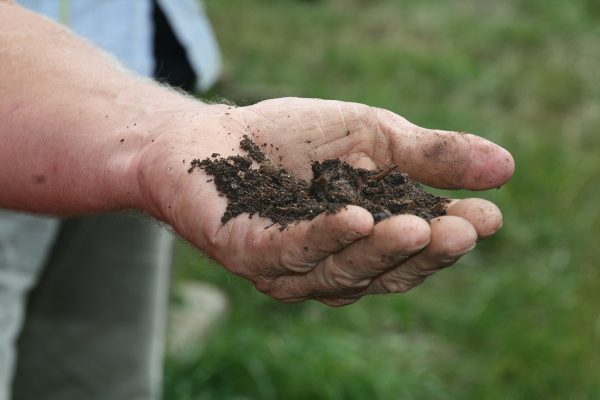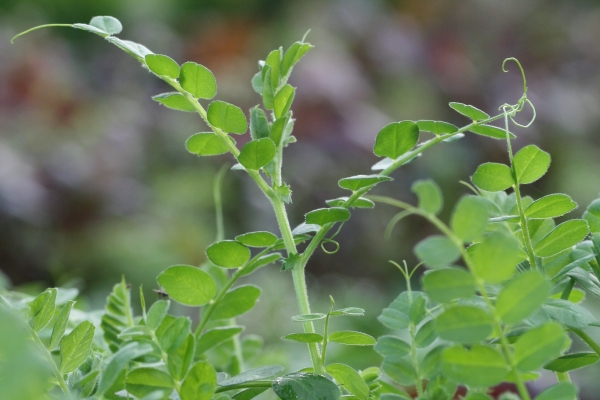A Guide to Better Soil Structure
Resource explained
Good crop productivity is dependent on good soil structure. This detailed booklet, produced by Cranfield University’s National Soil Resources Institute, was designed to complement advice given in the Code of Good Agricultural Practice for the Protection of Soil, Water and Air. It provides farm-specific guidance on the management of soil structure.
Information is divided into:
- Defining what soil structure is and the impacts of structural change.
- Descriptions of the optimum structure, the importance of soil organic matter, and seedbed, subsoil and topsoil structure.
- Guidance on examining soil structures and soil block types.
- Soil problems; compaction, structure damage, impeded soil drainage.
- Management options and descriptions of the impacts of various tillage operations, including reduced cultivations.
- Tips on ways to maintain soil structure.
- A short section on soil structure under grassland.
Findings & recommendations
- When soil structure is poor, it affects crop yield and quality, erosion occurs, and tillage, fertiliser spreading and spraying operations are affected. A poor soil structure will reduce your crop and farm profits by restricting plant performance and increasing costs accrued through correcting problems.
- Weather related factors create soil structure changes. The different composition and orientation of structures within a soil therefore vary with depth and crop stage during the season.
- The recovery of compacted soils is influenced by swelling and shrinkage in soils with sufficient clay contents and by frost action. If you live in an area that does not experience soil freezing in winter, the effects of wheeled traffic can persist for several years.
- The publication can be particularly noted for the detailed photographs showing the different soil block types that help you identify whether the soil has poor or good structure and what are likely to be issues that need to be dealt with, through looking at the shape and structure of the blocks. There are also some useful detailed cross-section photographs for clay and sandy loams that show the differences between poor and good structure and what you need to look out for.
Related articles
Assess soil structure out in the field and identify where changes in management may be required with the help of a visual reference tool.
A practical guide giving pictorial advice on assessing, maintaining and improving grassland soil structure and soil biology levels.
LEAF Demonstration Farmer Chris Baylis discusses measures put in place to help improve soil structure and drainage on his farm with agricultural advisor Philip Wright.
A grower’s experience and insights on using green waste compost within a rotational farming system to improve soil structure.
Session from 2024 Oxford Real Farming Conference featuring grower Iain Tolhurst (Tolly) and "biological nutrition" farmer Tim Parton discussing soil health at scale.
This Cotswold Seeds / Garden Organic publication provides detailed, practical information to help you select and use green manure crops.







